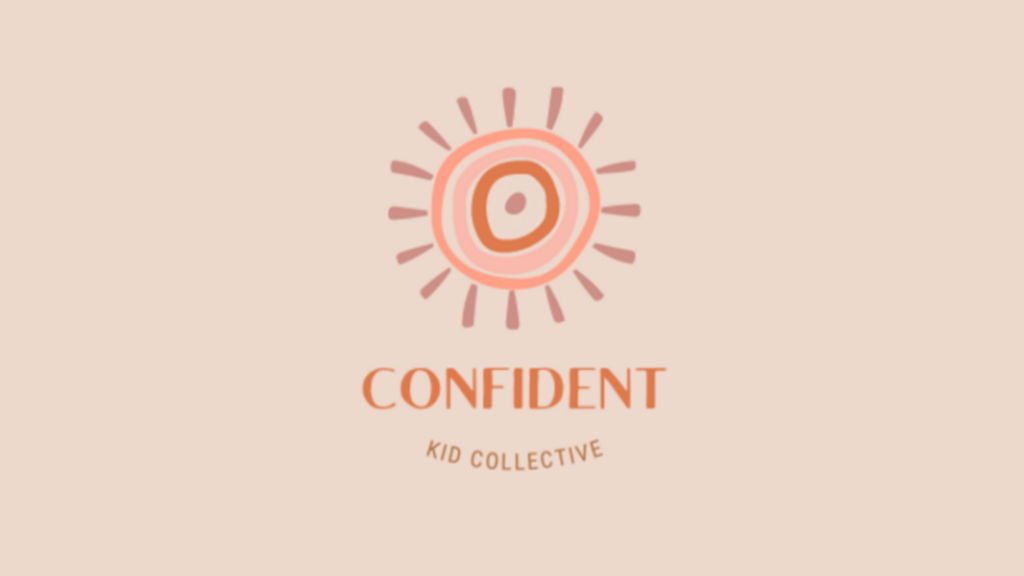We are born immaculate. We learn from those around us how to view ourselves & others, and what they tell us becomes what we tell ourselves.
Chances are, if you have a body, you’ve been judged for it starting at a young age. Being told the body you’re living in is too much or not enough can warp your reality, and these messages become the new truth for a lot of kids.
A study done in 2016 by the Professional Association for Childcare and Early Years (PACEY) found that almost ¼ of childcare professionals saw body issues in children aged 3-5 years old. To put that in perspective, age three is when most kids are fully potty trained.
There are a few ways we can help our (and others’) children establish good relationships with their bodies. The way you talk about your body will influence the kids who hear it. They look at adults to learn how to behave and think, so negative attitudes towards your own body, chatter about diets or judging others’ appearance will have an impact on little humans.
Along with the way we speak around them, we should be mindful of how we speak TO them about body image. Some topics seem tough to break down for a toddler, but we can all work with these simple messages:
All food is ok
- All food gives our body fuel, there is no such thing as bad food.
- Our bodies tell us when we’re hungry or thirsty, and we should trust them.
- When we crave a certain food, we listen to our bodies and eat without guilt.
- We stop eating when our bodies tell us we’re full, not when the plate is clean or when someone else says we are done eating.
All bodies are good bodies
- People’s bodies are different from yours and that is interesting.
- How we look doesn’t matter as much as who we are.
- Even unhealthy bodies are good bodies, because being unhealthy is not bad. Sometimes kids are born unhealthy, but they are still good kids in good bodies.
No one should feel ashamed of how they look
- Some people think one kind of body shape and size is better than another, but we know that isn’t true because all bodies are good regardless of shape or size.
- Movies and the internet don’t show all the different bodies people have.
- Some people don’t like parts of their bodies. That doesn’t mean those parts are bad, they just didn’t learn to like them yet.
This is just an overview to help you get started. There are a lot of resources out there that help curb the negative impact that body shaming, diet culture and beauty standards has on kids’ self-confidence.
My good friend Julia (@fitfatandallthat) has made it her mission to cultivate a culture of body acceptance in children, and to help adults integrate that into their interactions with kids. Like me, she’s had her own struggle with ED since puberty.
Her program, Confident Kid Collective, is a 4-lesson course touching on essential topics such as core values, navigating big emotions and body changes, body image, healthy and happy bodies.
Her website reads: “My passion is helping children learn how to navigate big emotions, have grace and compassion for themselves, and understand that healthy bodies come in all different shapes and sizes.”

I am so proud to be fighting the battle for body confidence alongside Julia, and I highly recommend her course if you have kids in your life but aren’t quite sure how to tackle cultivating their body confidence!


LEAVE A COMMENT